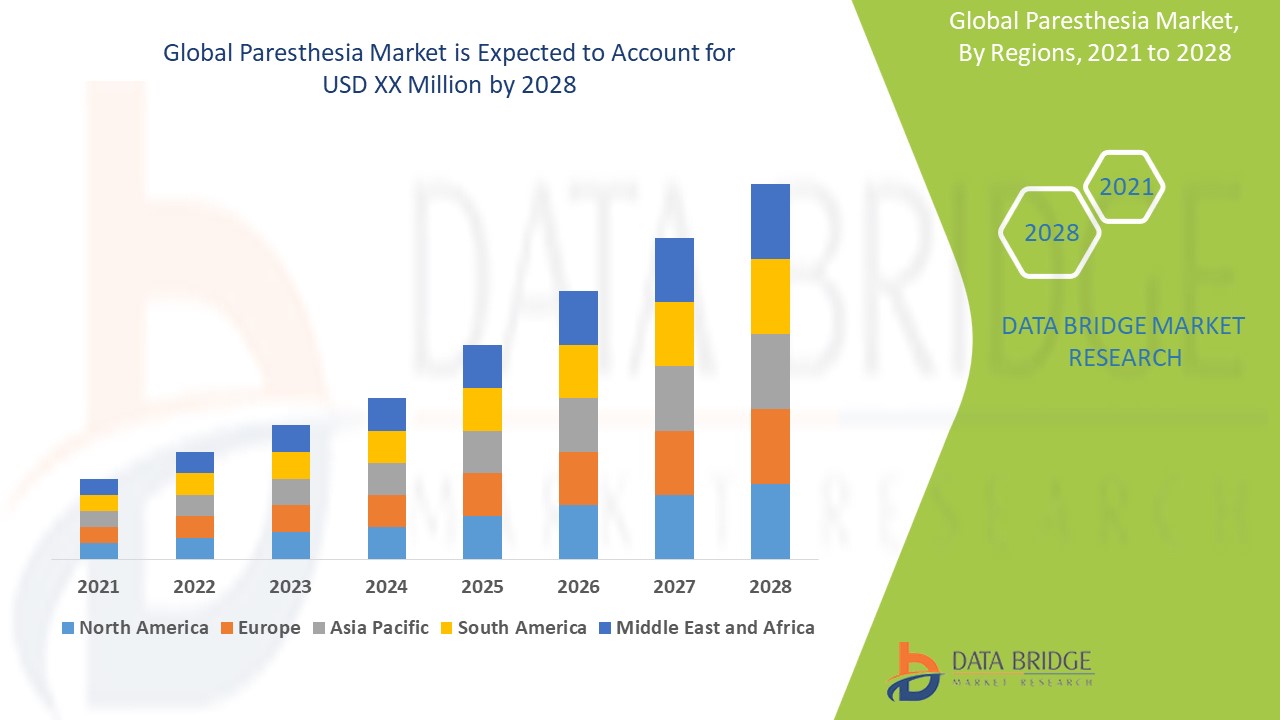
Paresthesia Market 2025 | Anticipating Current and Future Growth Analysis By Forecast 2032
The Paresthesia Market is entering a transformative phase, with forecasts predicting strong growth and groundbreaking innovations by 2032. Driven by rising demand, digital adoption, and evolving consumer needs, the industry is rapidly expanding across global markets. A recent report highlights key drivers such as increasing market share, advanced segmentation, and the growing influence of tech-enabled solutions.
Backed by tools like SWOT and PESTEL analysis, the study explores economic, regulatory, and technological forces shaping the market’s future. With platforms like NUCLEUS Connected Intelligence offering real-time insights and data-driven strategies, businesses and investors are better equipped to navigate challenges, seize new opportunities, and gain a competitive edge in this evolving landscape.
DataBridge Market Research has newly launched the NUCLEUS Platform, a Cloud-Connected Intelligence Platform that allows users to analyze and integrate macro and micro-level data seamlessly. This revolutionary tool bridges the gap between data analytics, market research, and strategy, providing businesses with a fully automated, Interactive Dashboard with Real Time Updates throughout the Year to drive profound growth and revenue impact.

What is the projected market size & growth rate of the Paresthesia Market?
Paresthesia Market Analysis
The paresthesia market is witnessing significant growth driven by increasing cases of neurological disorders, diabetes, and autoimmune diseases that often lead to conditions characterized by abnormal sensations such as tingling, numbness, or burning. This market encompasses a variety of treatments aimed at alleviating symptoms and improving patient quality of life. Recent advancements include progress in pharmacological therapies, such as anticonvulsants and immunosuppressants, along with innovative non-invasive treatments such as transcutaneous electrical nerve stimulator (TENS) and peripheral nerve stimulation. Furthermore, ongoing research into targeted therapies and the integration of digital health solutions are enhancing treatment efficacy and patient adherence. As awareness regarding these conditions grows, along with improved diagnostic tools, the paresthesia market is expected to expand further, offering new opportunities for healthcare providers and pharmaceutical companies to meet the rising demand for effective treatment options.
Paresthesia Market Size
The global paresthesia market size was valued at USD 290.45 million in 2024 and is projected to reach USD 722.74 million by 2032, with a CAGR of 12.07% during the forecast period of 2025 to 2032. In addition to the insights on market scenarios such as market value, growth rate, segmentation, geographical coverage, and major players, the market reports curated by the Data Bridge Market Research also include depth expert analysis, patient epidemiology, pipeline analysis, pricing analysis, and regulatory framework.
Browse Detailed TOC, Tables and Figures with Charts which is spread across 350 Pages that provides exclusive data, information, vital statistics, trends, and competitive landscape details in this niche sector.
This research report is the result of an extensive primary and secondary research effort into the Paresthesia market. It provides a thorough overview of the market's current and future objectives, along with a competitive analysis of the industry, broken down by application, type and regional trends. It also provides a dashboard overview of the past and present performance of leading companies. A variety of methodologies and analyses are used in the research to ensure accurate and comprehensive information about the Paresthesia Market.
Get a Sample PDF of Report - https://www.databridgemarketresearch.com/request-a-sample/?dbmr=global-paresthesia-market
Which are the driving factors of the Paresthesia market?
The driving factors of the Paresthesia market include technological advancements that enhance product efficiency and user experience, increasing consumer demand driven by changing lifestyle preferences, and favorable government regulations and policies that support market growth. Additionally, rising investment in research and development and the expanding application scope of Paresthesia across various industries further propel market expansion.
Paresthesia Market - Competitive and Segmentation Analysis:
Global Paresthesia Market Segmentation, By Type (Acute Paresthesia and Chronic Paresthesia), Treatment (Immunosuppressant, Anticonvulsants, Tropical Creams, Antivirals, and Others), Distribution Channel (Online Pharmacy, Direct Tenders, Retailers, and Others), Route of Administration (Oral, Topical, Intravenous and Others), End-Users (Hospitals, Homecare, Specialty Clinics, and Others) – Industry Trends and Forecast to 2032
How do you determine the list of the key players included in the report?
With the aim of clearly revealing the competitive situation of the industry, we concretely analyze not only the leading enterprises that have a voice on a global scale, but also the regional small and medium-sized companies that play key roles and have plenty of potential growth.